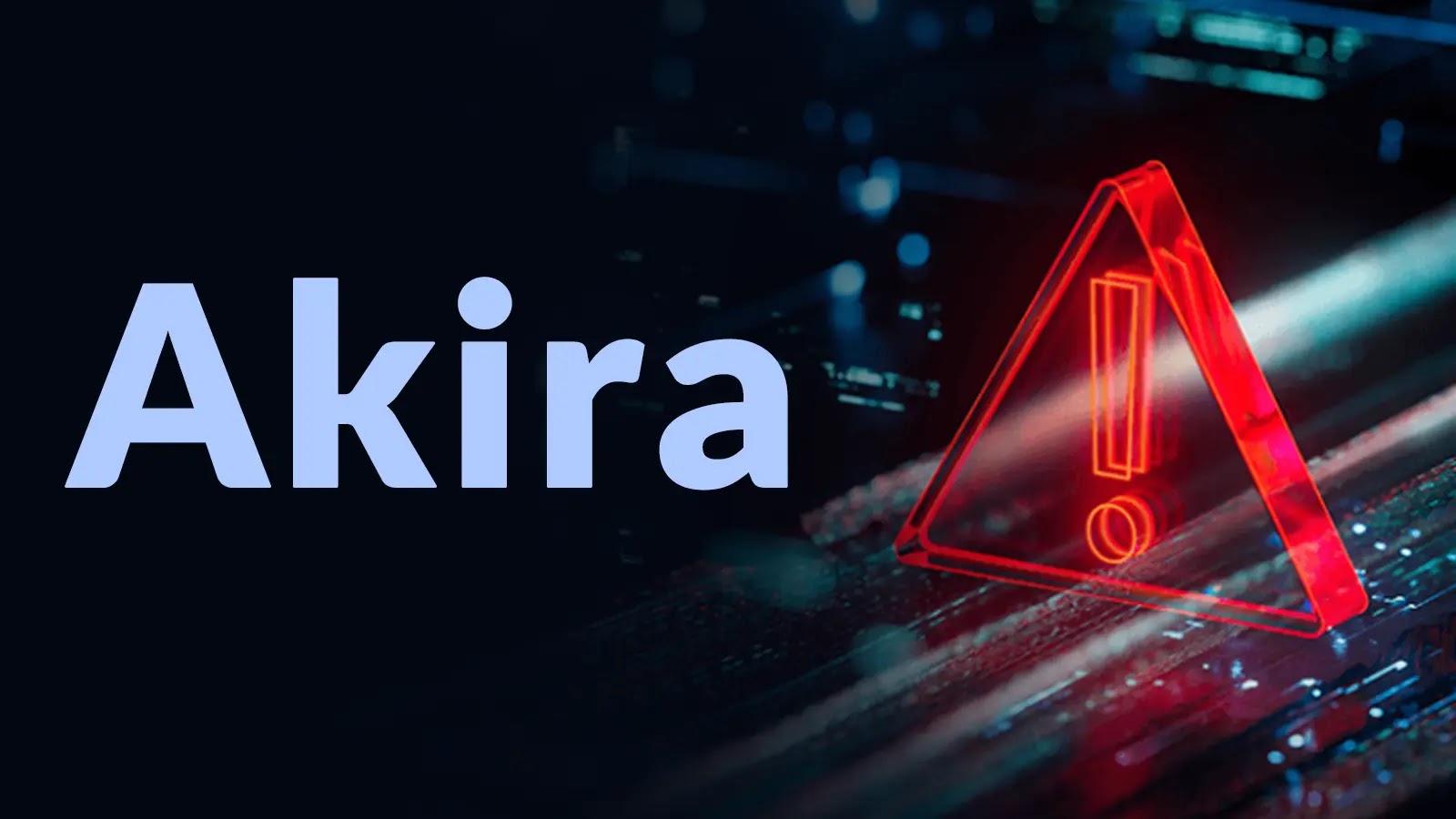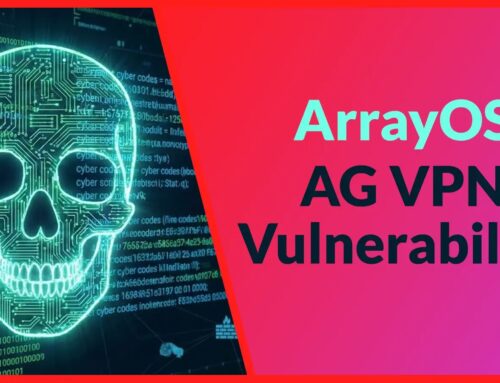
Akira Ransomware Targets Over 250 Organizations, Extracts $42 Million in Ransom Payments – New CISA Report
Akira Ransomware: A $42 Million Threat Demanding Immediate Attention
The digital landscape is under siege, and a prominent threat actor, Akira ransomware, has made its aggressive presence undeniably felt. A recent advisory from the Cybersecurity and Infrastructure Security Agency (CISA) paints a stark picture: Akira has targeted over 250 organizations globally since March 2023, amassing a staggering $42 million in ransom payments. This isn’t just another ransomware variant; it represents a significant and active danger to businesses in North America, Europe, and Australia, demanding a proactive and informed response from every sector.
Akira’s Modus Operandi and Global Reach
The CISA report highlights that the Akira ransomware group has become a relentless force, significantly impacting organizations across diverse industries. Their campaigns are meticulously executed, often involving initial access through common vulnerabilities and misconfigurations. Once inside a network, Akira operators move quickly to exfiltrate sensitive data before deploying their encryption routines. This double-extortion tactic, where data is stolen and then encrypted, significantly increases the pressure on victims to pay the ransom to prevent both operational disruption and public exposure of confidential information.
The geographical spread of Akira’s attacks underscores its global ambition. With confirmed incidents across North America, Europe, and Australia, security teams must recognize that this is not a localized threat but a pervasive and adaptable adversary.
Financial Impact and Escalating Threat
The financial toll exacted by Akira ransomware is alarming. As of late September 2023, the group has accumulated approximately $42 million in ransom proceeds. This substantial figure not only reflects the success of their campaigns but also provides them with significant resources to further refine their tactics, techniques, and procedures (TTPs). The continued financial viability of such groups incentivizes their operations, making understanding and mitigating their threats even more critical.
Remediation Actions: Fortifying Defenses Against Akira
Given the severity and widespread impact of Akira ransomware, organizations must implement robust cybersecurity measures. CISA’s advisory, while highlighting the threat, also implicitly calls for a comprehensive defensive strategy. While no specific CVEs are directly attributed as the sole entry point for Akira, their success often relies on exploiting common vulnerabilities. Therefore, a holistic approach is essential.
- Implement Multi-Factor Authentication (MFA): Enforce MFA for all services, especially for remote access, VPNs, and privileged accounts. This significantly reduces the chances of unauthorized access even if credentials are compromised.
- Regular Patch Management: Keep all operating systems, software, and firmware updated to patch known vulnerabilities. Akira often exploits unpatched systems. Prioritize patches for internet-facing systems and critical infrastructure.
- Network Segmentation: Isolate critical systems and sensitive data using network segmentation. This limits lateral movement for attackers and contains potential breaches.
- Data Backup and Recovery: Maintain immutable, offline backups of all critical data. Regularly test backup and recovery procedures to ensure business continuity in the event of an attack.
- Endpoint Detection and Response (EDR): Deploy EDR solutions to monitor endpoints for suspicious activity, detect anomalies, and respond to threats in real-time.
- Security Awareness Training: Educate employees on phishing, social engineering, and safe internet practices. Human error remains a significant factor in successful ransomware attacks.
- Incident Response Plan: Develop and regularly test a comprehensive incident response plan specifically for ransomware attacks. This ensures a coordinated and effective response to minimize damage.
Tools for Detection and Mitigation
| Tool Name | Purpose | Link |
|---|---|---|
| CISA’s StopRansomware.gov | Comprehensive resources and guidance for ransomware prevention and response. | https://www.cisa.gov/stopransomware |
| Threat Intelligence Platforms (e.g., Anomali, Recorded Future) | Provides insights into current threat actors, IOCs, and TTPs of groups like Akira. | Varies by vendor |
| Vulnerability Scanners (e.g., Nessus, Qualys) | Identifies software vulnerabilities that Akira might exploit for initial access. | Varies by vendor |
| Endpoint Detection and Response (EDR) Solutions | Detects and responds to malicious activity on endpoints, including ransomware. | Varies by vendor |
| Network Intrusion Detection/Prevention Systems (IDS/IPS) | Monitors network traffic for suspicious patterns indicating an attack. | Varies by vendor |
Conclusion: A Call for Heightened Vigilance Against Akira
The data from CISA is unequivocal: Akira ransomware is a significant and escalating threat, having already extracted tens of millions in ransom from hundreds of organizations. This ongoing campaign underscores the critical need for robust cybersecurity measures, continuous vigilance, and a proactive defense posture. Organizations that prioritize strong authentication, diligent patching, network segmentation, and tested backup strategies will be significantly better equipped to withstand Akira’s assaults and safeguard their digital assets against this persistent adversary.





